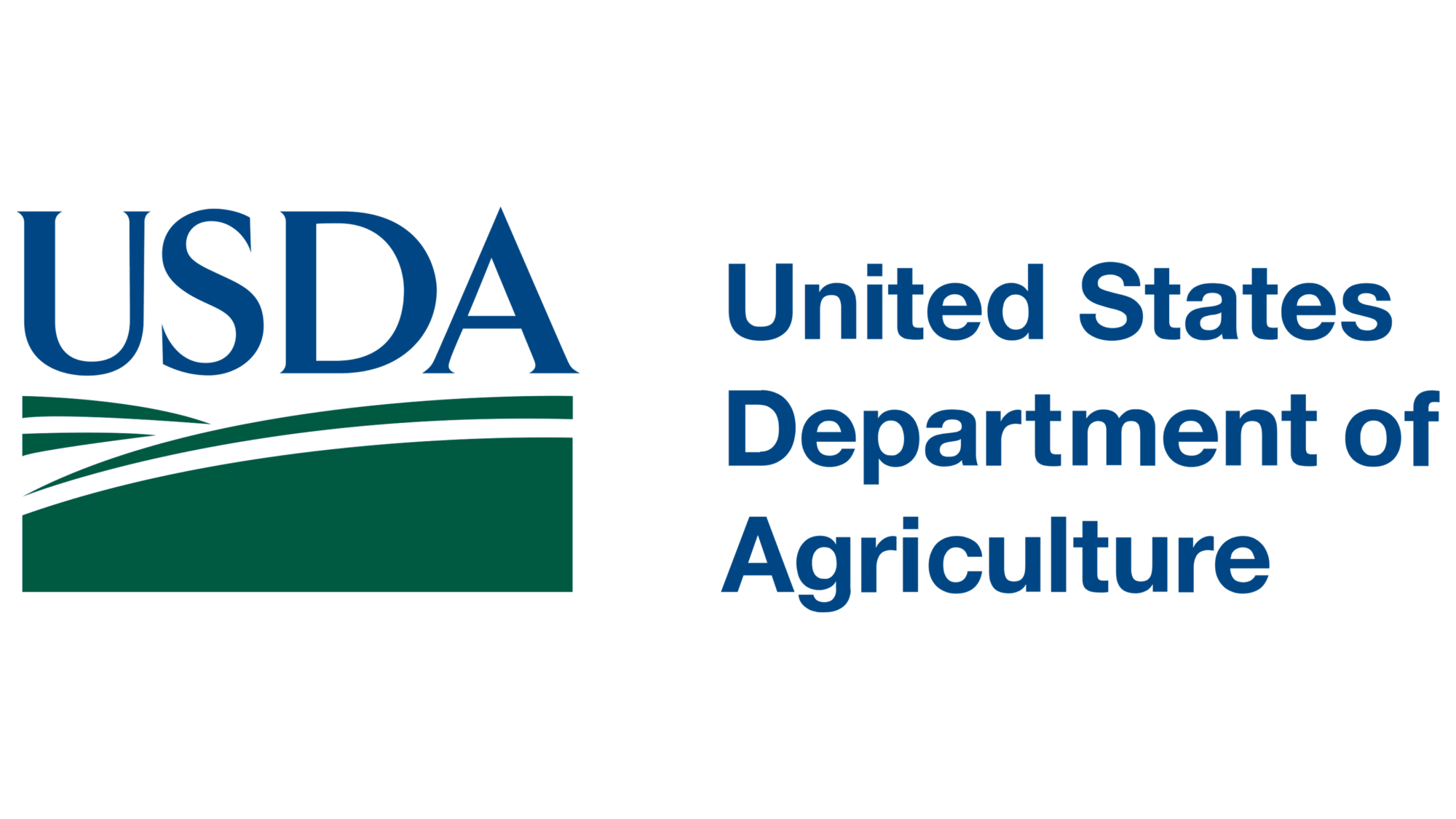How will the new USDA rule on milk processing allowances affect your dairy farm profits? Are you ready for changes in milk prices?
Summary: As the USDA proposes to adjust the ‘make allowances’ under Federal Order 30, dairy farmers might see lower milk prices. This change aims to help processors cover their increased manufacturing costs but risks cutting farmers’ margins. The interconnectedness of dairy producers, processors, and consumers makes this balance crucial. Federal Milk Marketing Orders have historically played a key role in stabilizing the industry, ensuring fair prices for all parties to sustain the future of dairy farming. According to the National Milk Producers Federation, processing milk costs have risen by 50% since 2008. Processors argue that the current allowances do not match today’s economic conditions and need updating. If processors get more funds to cover expenses, farmers might get less for their raw milk, putting pressure on farmers juggling fluctuating milk prices and sustainability issues. Lower earnings could hinder their ability to invest in better equipment or sustainable practices.
- USDA’s proposed adjustment to ‘make allowances’ could lower milk prices for dairy farmers.
- This change is intended to aid processors in covering escalating manufacturing costs.
- Balance between dairy producers and processors is essential for fair profit distribution in the industry.
- Federal Milk Marketing Orders have historically stabilized the dairy industry, ensuring fair pricing.
- Milk processing costs have surged by 50% since 2008, according to the National Milk Producers Federation.
- Updating make allowances could burden farmers, impacting their ability to invest in equipment and sustainable practices.

Are you a dairy farmer trying to make ends meet? Brace yourself since a new USDA regulation may reduce your hard-earned earnings. This directive seeks to increase milk processors’ make allowances.’ But how does this affect you? Why should you care? Let us break it down. Let’s discuss what these planned changes imply for you, the dairy industry’s heart and soul. We’ll look at whether the new ‘ make allowances’ under Federal Order 30 protects the interests of processors at the cost of farmers. Does this approach result in cheaper milk costs for you? The critical point here is fairness—whether this shift disproportionately advantages one side of the business. We’ll talk about the logic behind the additional allowances, the financial burden farmers may experience, and the significant consequences for the dairy industry.
Now, Let’s Break Down What ‘Make Allowances’ Actually Are
Now, let’s define ‘ make accommodations.’ In layman’s words, make allowances are the expenditures that processors pay while turning raw milk into various products such as cheese, yogurt, and other dairy goods. Consider it the amount they charge for their services. This price covers a variety of expenditures associated with raw milk processing, such as personnel, equipment, and other operational costs. The plan intends to provide processors greater latitude in covering increased production costs by raising these allowances. However, this might imply that less money is available for the farmers who supply the raw milk in the first place.
According to the USDA, existing make allowances have not been adjusted in over a decade despite increased production costs. Processors are trying to balance the books as market prices fluctuate and overheads—such as energy, labor, and transportation—increase. According to the National Milk Producers Federation’s research, the cost of processing milk has grown by about 50% since 2008. With these rising costs, processors claim that the present limits no longer reflect economic reality, requiring the suggested changes.
Are you feeling a Bit Anxious About What These Changes Could Mean for Your Bottom Line?
Of course, you’re right to be concerned. Any change in make allowances directly impacts the bottom line. Let’s talk numbers. According to the USDA, the proposed changes would increase the make allowances for cheese by $0.10 per pound, butter by $0.15 per pound, and nonfat dry milk by $0.10 per pound. What does that mean for you? Essentially, the processor’s cut increases for every hundredweight (cwt) of milk, which could decrease the amount you get paid by an estimated $0.70 to $1.10 per cwt. That’s not pocket change, especially when dealing with already thin margins.
It’s worth noting that the average dairy farm, according to recent data, produces about 23,000 pounds of milk per cow per year. So, for a herd of 100 cows, you’re looking at potential annual losses ranging from $16,100 to $25,300. Can you absorb that hit without making some tough choices?
So, What Does All This Mean for You, the Dairy Farmer?
Whether the make allowances are altered favorably or adversely, the financial rippling impact cannot be overlooked. You may receive less if milk processors get more of the pie to pay their expenses. Yes, we are talking about farmers possibly receiving reduced raw milk prices.
But who bears the burden if processors begin to take a larger share to pay these costs? Often, it is you. This might imply tightening an already tight budget. The real challenge for farmers is balancing this added pressure while already contending with fluctuating milk prices and sustainability considerations . The potential impact on the dairy industry’s sustainability is a crucial aspect to consider in this discussion.
Consider this: if you’re paid less for your milk, how does that affect your capacity to invest back into your farm, maybe in better equipment or more sustainable practices? Every dollar matters, and with a modified make allowance, those dollars may be fewer and further between.
You’re Not Alone. Here’s How to Prepare for This Possible Shake-Up.
You are not alone. But don’t fear; there are things you can do to prepare for this possible shake-up.
First, have you considered broadening your product offerings? Consider going beyond milk. Cheese, yogurt, and milk-based drinks may provide additional income streams and reduce your reliance on raw milk costs.
Another wise decision is to decrease expenditures intelligently. Could you improve the energy efficiency of your operations? Invest in technology to lower labor expenses. Sometimes, modest changes might result in huge savings.
It is also critical to be informed and engaged with industry associations. Connect with your local cooperative or industry organization. These groups may provide crucial assistance and campaign for fair treatment on your behalf.
Are you optimizing milk quality? Higher-quality milk may attract higher prices, offsetting the effect of lower base pricing. Quality testing and upgrades may be direct-return investments.
Remember: information is power. The more proactive and prepared you are, the more able you will be to deal with these changes. So, have you considered what measures to take next?
The Historical Backbone: How FMMOs Shaped Dairy Farming Into What It Is Today
The Agricultural Marketing Agreement Act 1937 introduced federal milk marketing orders (FMMOs). Their primary goal was to keep milk prices stable for producers while providing customers with an adequate supply of fresh milk. Over time, these directives have established minimum rates that processors must pay dairy farmers for their milk depending on how it will be utilized, such as in fluid products or processed items like cheese and yogurt. This pricing system seeks to balance the interests of both farmers and processors by reducing the volatility that has long plagued the dairy business.
These orders help farmers plan their activities by establishing a floor price that protects against market price fluctuations. They also provide a more reliable milk supply that meets customer demand across several locations. However, the system is sometimes criticized for its complexity, especially by smaller farmers who may lack the means to traverse price algorithms. Fixed pricing may not accurately represent current market circumstances, resulting in inefficiencies.
Understanding this history explains why modifications to make accommodations are so crucial. Adjusting these allowances might disrupt the delicate balance that FMMOs strive to maintain, thereby complicating life for dairy producers under economic challenges.
The Bottom Line
The adoption of Federal Order 30 intends to increase the ‘ make allowances’ for processors, possibly lowering the prices farmers get for milk. Despite the presence of several specialists and farmers at the proposed hearings, the subject remains controversial. The discussion over fair pricing, profitability, and dairy farming’s sustainability is constantly developing. Farmers must be aware and involved in industry developments to fight for their interests and ensure a fair future. The issue remains: how will you change to maintain your profits?













